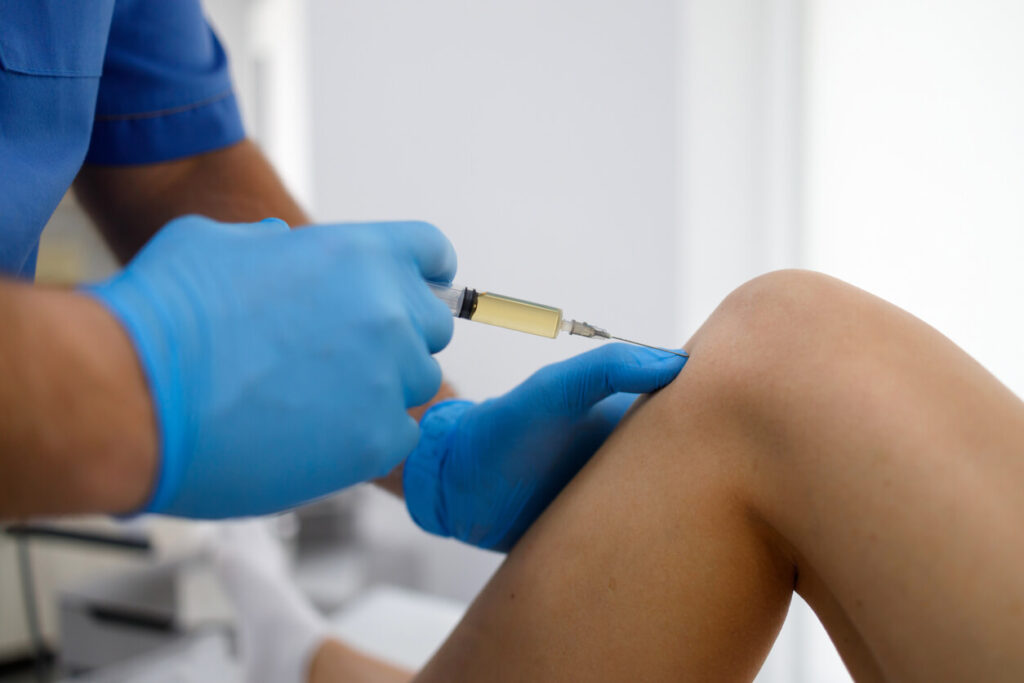In the evolving world of aesthetic treatments, there is a growing body of research aimed at understanding how these procedures rejuvenate the skin while also causing specific tissue damage. A recent study sheds light on the cellular responses following the injection of adipose-derived stem cells (ASCs) subcutaneously, revealing a key gene that orchestrates fibrous structural changes and tissue remodeling.
This investigation is particularly significant because it highlights a critical distinction in how aesthetic treatments differ from traditional wound healing. While wounding typically results in fibrotic scar tissue, the damage from aesthetic interventions appears to induce a unique type of histological rejuvenation. However, the mechanisms underlying this rejuvenation process are not entirely understood, making this study a vital step forward in the field.
The research utilized an ex vivo experimental model to explore the cellular dynamics at play after these treatments. The findings suggest that the injection of ASCs not only triggers a response within the tissue but also initiates remodeling processes that can lead to improved skin quality. Identifying the key gene involved in this process opens new pathways for potential therapeutic strategies aimed at enhancing the effectiveness of aesthetic treatments while minimizing undesirable tissue responses.
The study’s authors—Satomi Kiuchi and Takaya Oishi from POLA Chemical Industries, Inc. in Yokohama, Japan; Tiago J S Lopes from the Center of Regenerative Medicine, National Center for Child Health and Development Research Institute in Tokyo, Japan, and Nezu Life Sciences in Karlsruhe, Germany; Yuki Cho, also from POLA Chemical Industries, Inc.; Hiroko Ochiai from NHO Tokyo Medical Center in Tokyo, Japan; and Takamasa Gomi, again from POLA Chemical Industries, Inc.—have contributed significantly to our understanding of the complex interactions between stem cells and tissue remodeling.
This research not only enhances our comprehension of the biological processes involved in aesthetic treatments but also paves the way for future studies aimed at improving patient outcomes. As the field of regenerative medicine continues to grow, the insights gained from this study will undoubtedly influence the development of more effective and safer aesthetic interventions.


